-
Critic's Rating - 9/109/10
“We live in a society.”
I would like to borrow this quote from last year’s one of the most applauded films, Joker, which had made a deliberate effort to unveil the intricacies of the complex concept of the society that we live in.
This year, we are fortunate to witness a profound work of an Indian filmmaker, Prateek Vats, who has come up with an excellent piece of art that happens to be the mirror of the contemporary Indian society and its beliefs that are crippling the nation – a nation that has seen development but not evolution. A nation that has remained ancient despite all the modernity and urbanization. More importantly, a nation that could move forward rather than clinging to those roots that will uproot it someday.
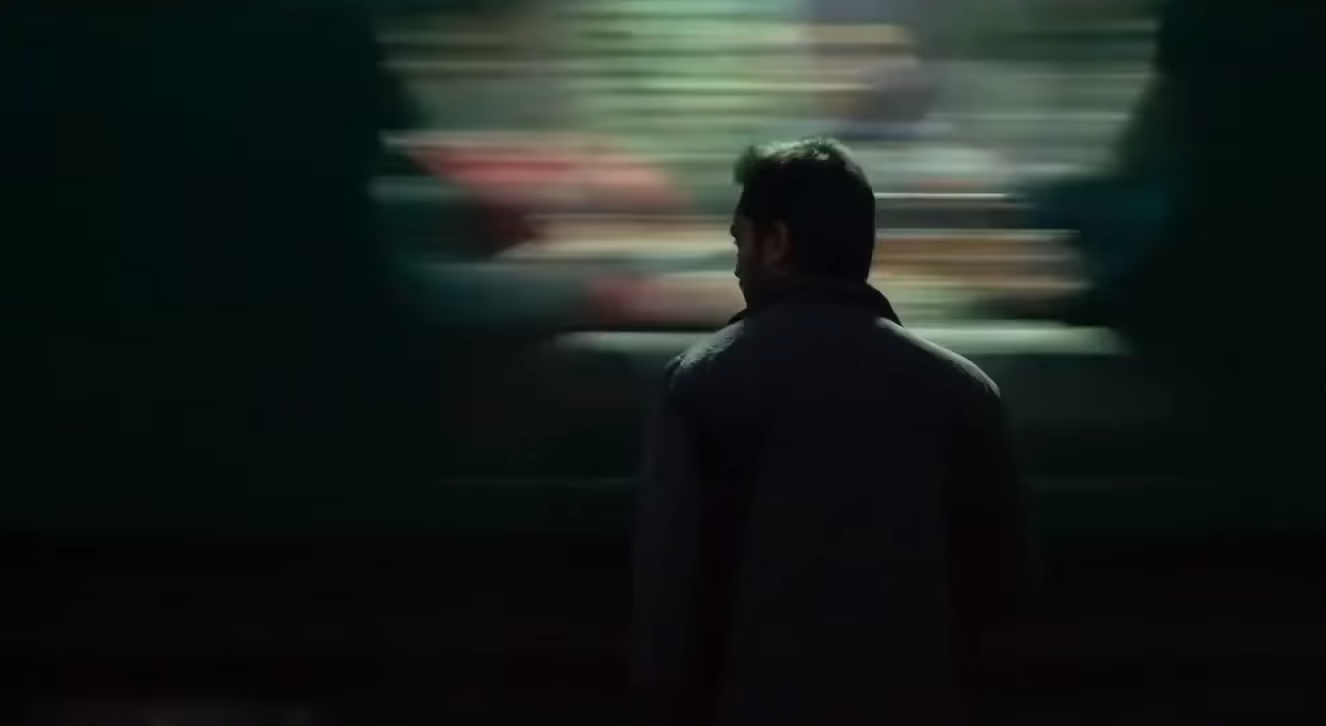
“Eeb Allay Ooo” is the testament to the times that we live in, and how we don’t have our own voice to convey our most pressing concerns – concerns that are being an impediment to our true growth in terms of mindset. It tells the story of how preconceived notions are still ruling us and our worrying inability to repel them, and it’s quite evident when we observe that the protagonist struggles to imitate the voice that repels the monkeys.
Right at the onslaught, we get to know that the “monkeys” have a comprehensible metaphorical meaning to them when we see people worshiping the lord of the monkeys – Hanuman and how other monkeys “demand” food on his name. The filmmaker shows that when they do so, these monkeys become pests, and he makes a commentary on the fact that we are unable to repel these pests – something that becomes the theme of the film. By showing the religious deity, the filmmaker makes sure that the filmgoers get the context of the religious belief and the very association of monkeys and the ancestral ideas that are still practiced by the lower-class, bourgeois, and the elite strata of the society at large.
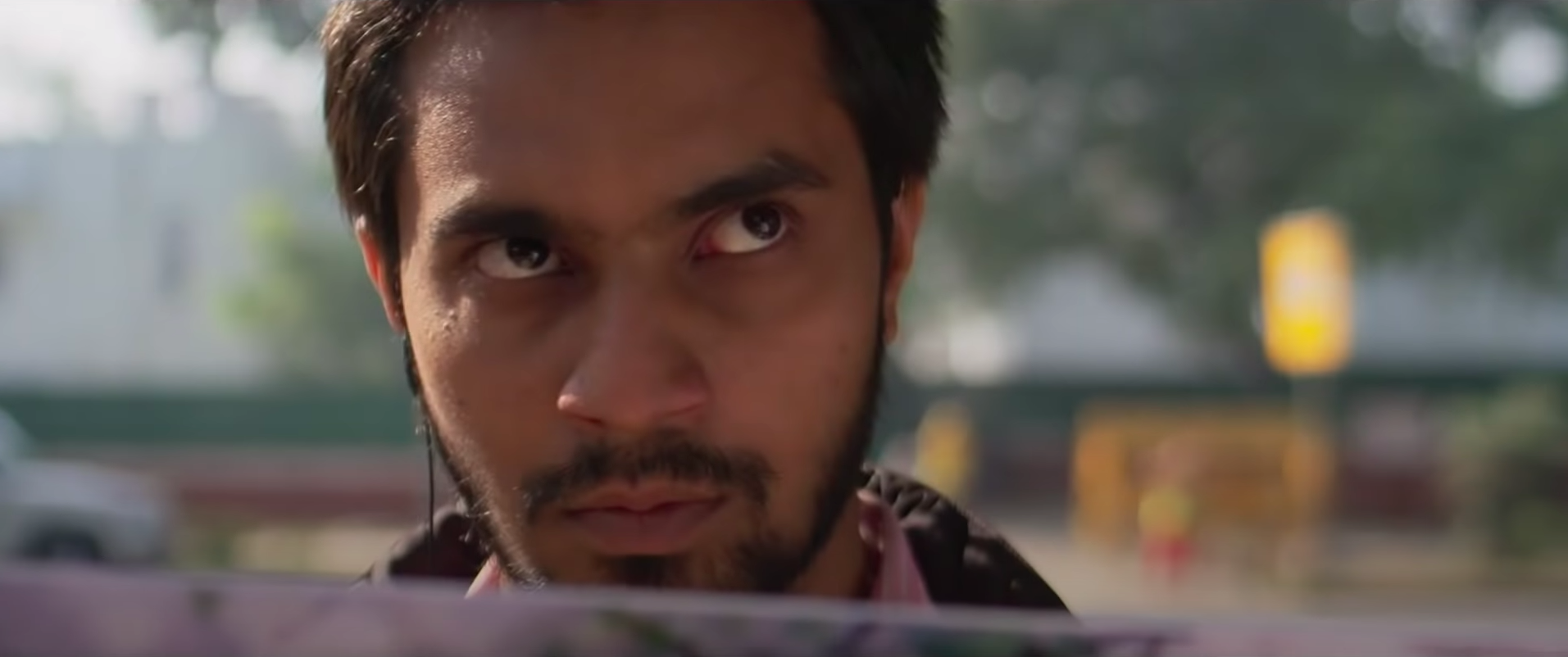
Later in the film, we see that the protagonist, Anjani, gets hired as a monkey repeller, but he is not “skilled enough” to perform that job. However, his confrere, Mahinder, has mastered the art of repelling monkeys. This is the point where we know who all are working for us to raise the voice against the monkeys – the ancestral ideas. Later in the film “Eeb Allay Ooo”, this idea is disambiguated by the filmmaker when we see Anjani telling Mahinder that he is an artist. He knows how to bring out that voice that repels monkeys. This is an allusion towards the artists – filmmakers, writers, journalists, poets, and others who raise a voice against the ancestral ideas to help the country move forward towards a better societal structure.
However, along with those artists, there are some others who have no voice, yet they are practicing in the profession just like our protagonist, Anjani who tries different ways to repel monkeys – different forms of art.
If seen from another perspective, the artists become the voice of the nation, while the nation should have its own voice to take a step against the hidebound practices. This is a multidimensional metaphor that conveys the struggle of an artist who is speaking for his people – the people who can’t speak for themselves and don’t want to learn the art either but want to repel the ancestral atrocities without raising their own voice. In that way, we – the people are parasites who borrow voices (truths and lies) from the artists when we can have our voice too.
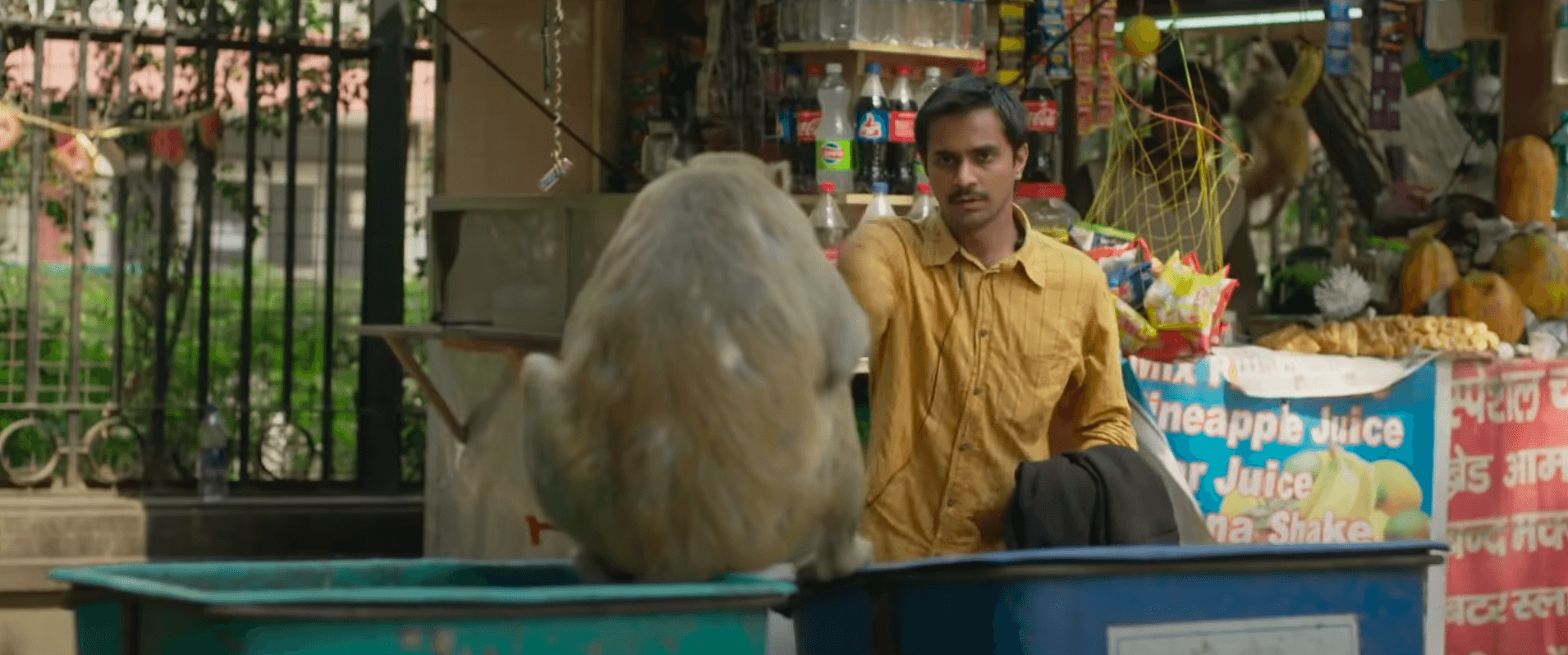
As the film progresses, the filmmaker builds upon the idea of old-age beliefs that are impeding the world since eons. The narrative is chiseled into three parts that become the predominant themes of the film – religion, politics (democracy vs. nationalism), and warfare – the ideas against which we don’t have a voice of our own.
-
Religion –
As mentioned above, the filmmaker starts his commentary on the ideas of religion from the first scene itself and shows monkeys as a symbolic representation of it.
-
Politics –
In the geographical context of the film, the protagonist is assigned the cumbersome task of repelling monkeys that surround the government headquarters in the heart of Delhi – the capital city of India. Paradoxically, the protagonist is supposed to repel monkeys (ancestral ideas) from destroying the governmental property while the government thrives on these ideas.
-
Warfare –
There is a sequence in which the protagonist’s brother in law who works as a security guard gets the facility of a gun to do his job efficiently. Contradictorily, he is afraid of the weapon and at the same time, his wife – the protagonist’s sister discourages the idea of bringing the gun in the house. This is an ambivalent take on the citizens of the country who support the war with the neighboring nation but show abhorrence towards the weapon at home – a parallel of the army & the police and the war & terrorism.

In addition to that, there is a satirical Republic Day Parade scene in which the protagonist is apprehensive about the intervention of the monkeys while being vigilant about the activities of the monkeys. Later on, we see an amusing zoological ensemble on one of the battle tanks used during the parade which has a baboon sitting on it. The monkeys get scared of the baboon and run away. Evidently, baboon are superiorly scary than monkeys. Now, when we watch the baboon on the battle tank, we perceive that the idea of land is older and scarier than that of the religion and how destructive it can be, while both are fatal in their own way.

While these narrative threads are used to weave a story that conveys the weltanschauung of the artist, the artist strives to persuade the citizens to raise their own voice against these ideas – a voice that is strong enough to save the nation from being plagued by these conventions. A voice that is unique and originates from all the individuals only leading to a cumulatively stronger voice. A voice that promises to touch a billion lives. A voice that has the sound of an artist without the necessity of being an artist.
This brings forth the philosophy of “Eeb Allay Ooo”, which is nothing but the voice of an artist. We, as the “stupid common men”, depend on the artists that raise a voice for us, but the artists hardly get any support from us. This becomes quite evident when Mahinder is the only guy who is efficient in repelling the monkeys, while others hugely depend on him including the trainers and the management staff who have hired him. We don’t get enough artists who have an effective voice, because these artists don’t get adequate support from the public and the producers at large.
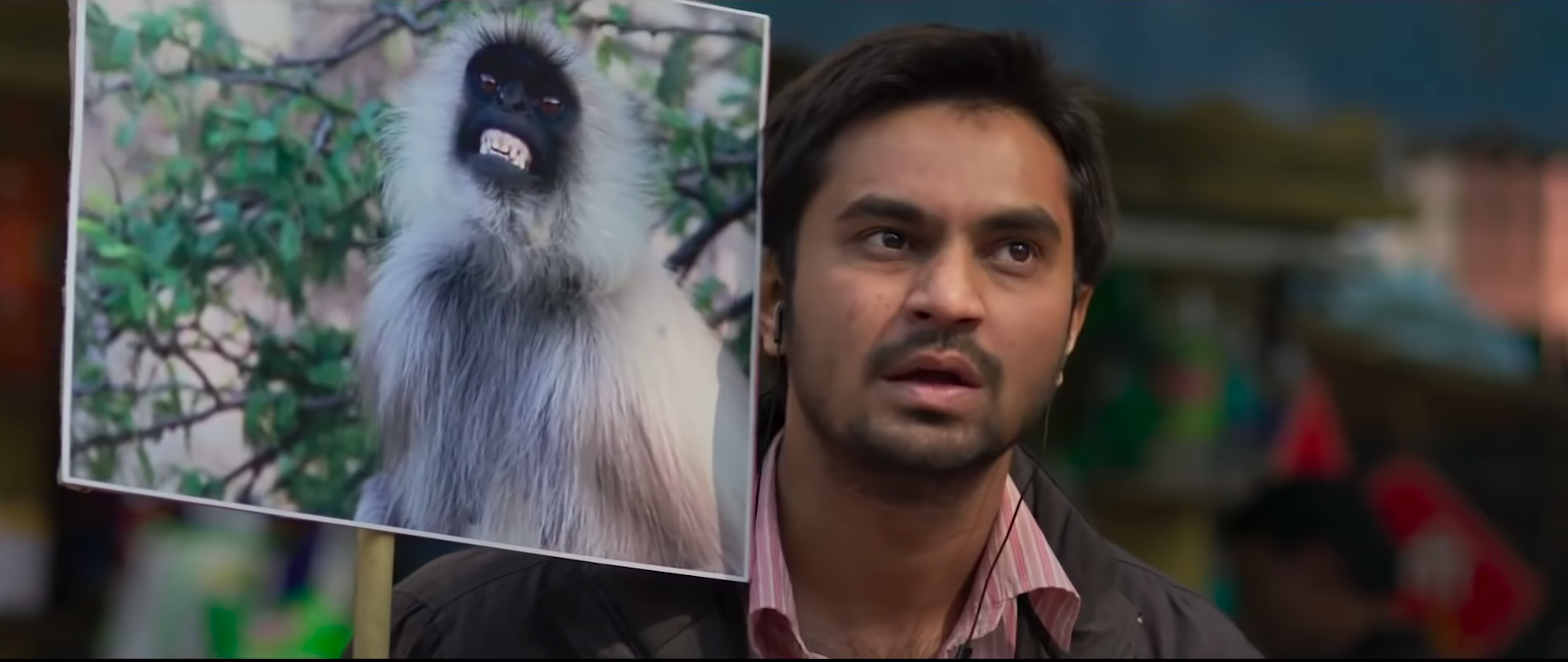
It is a sardonic retort towards the undying conflict of commercial vs. parallel cinema, which is a matter of concern for the underprivileged artists who are dying out of hunger, and this is quite evident when we learn that the filmmaker himself belongs to what we call “the hidden talent” vertical of the film industry – a talent only the rare ones like Shyam Benegal and Anurag Kashyap can identify and back.
In a very important sequence of the film, we see that Mahinder – the artist who had mastered the monkey-repelling voice dies. This is to say that the artist dies while fighting with the monkeys of the times we live in. There is a palpable allusion made towards the journalists who are killed in cold blood when they raise their voices against the ideas that are in the interest of the rulers.

To sum it up, “Eeb Allay Ooo” is a literal and literary portrayal of the man’s perennial fight with his ancestors, and how the lack of enough voices is deafening the world, which is blinded by the beliefs that are gradually sabotaging the very existence of humanity on earth, and this makes the film a comprehensive reflection of the contemporary society and a truly influential artistic triumph.


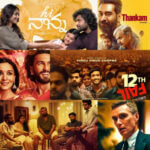





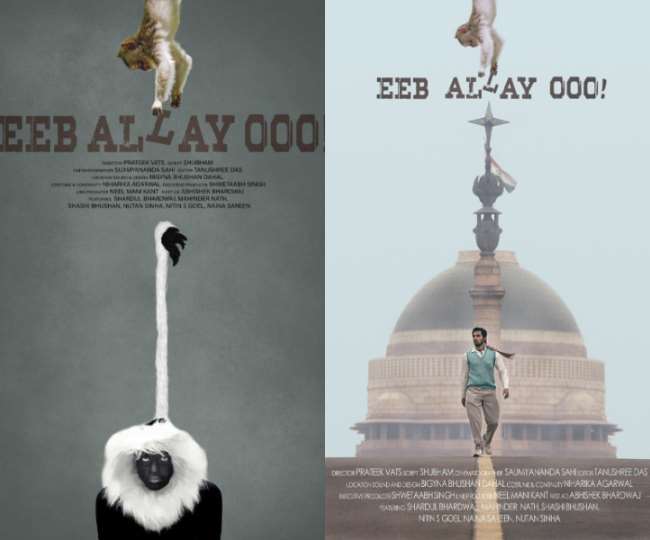

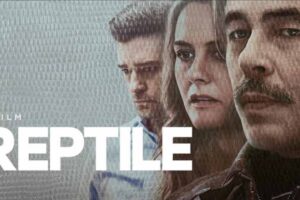




Such great review. Much deep insights!